Pregnancy
See how your baby is growing even before he or she is born!
Month 1
- The ball of cells, called a blastocyst, forms. It contains the DNA from you and your partner that will determine your baby’s sex and eye color, as well as other traits.
- Little buds appear, that will grow into your baby’s arms and legs.
- Your baby’s heart and lungs start to form.
- The neural tube begins to form and will become your baby’s brain and spinal cord.
- By 4 weeks the ball of cells becomes an embryo and is about a ¼ inch long.
Month 2
- All your baby’s major body organs, such as the heart, lungs and brain, are starting to form, but are not fully developed.
- Your baby’s heart will start to beat.
- The placenta grows in your uterus and provides food and oxygen through the umbilical cord. This will continue throughout your pregnancy.
- Your baby’s arms and legs are growing. Your baby has tiny fingers and toes. The eyelids form, but are still closed shut.
Month 3
- Your baby is starting to look more like a human and is now called a “fetus”.
- Vital organ, such as the brain, kidney, intestines and liver, are starting to function.
- Fingernails and toenails are starting to form.
- You will be able to hear your baby’s heartbeat for the first time (around 10-12 weeks).
- By the end of the third month, your baby is about 2 ½ inches long and weighs about an ounce.
Month 4
- Your baby is moving, kicking and swallowing, and can taste strong flavors in the amniotic fluid.
- Your baby can make facial expressions and may find and suck his thumb.
- The skin is pink and transparent.
- The placenta is fully formed.
- Your baby can see light, even though the eyelids are still closed.
Month 5
- Your baby is moving from side to side and sometimes head over heels. You will start to feel the baby move.
- Your baby’s sex may be detectable by ultrasound (usually between 16-20 weeks).
- Your baby can hear your heartbeat and other sounds from outside your body.
- Your baby goes to sleep and wakes up.
- By the end of the fifth month, your baby is about 8-12 inches long and weighs 1/2 to 1 pound.
Month 6
- The skin on your baby is wrinkled and red. There is fine, soft hair covering the skin.
- Your baby’s sense of movement is developing, so she can feel the motion if you dance.
- Your baby’s hearing is improving.
- Your baby’s eyelids are beginning to open.
- By the end of the sixth month, your baby is about a foot long and weighs just over a pound.
Month 7
- Your baby is practicing breathing by inhaling and exhaling amniotic fluid.
- Your baby can open and close his eyes.
- Your baby kicking and stretching.
- Eyelashes are forming. Your baby’s eyes are open and starting to blink. Eyesight continues to improve.
Month 8
- Your baby’s brain and lungs are continuing to grow at a rapid pace.
- The fetus may be too big to move around as much, but you may still feel him kick hard and roll around.
- You may see the shape of a heel or elbow on your belly.
- Cute little fingernails and toenails have gown.
- The bones of your baby’s head are soft and flexible, which will make it easier for her to fit through the birth canal.
- By the end of the eighth month, your baby is about 18 inches long and weighs about 4 – 5 pounds.
- You should about one pound a week this month.
Month 9
- Your baby’s lungs are able to work on their own.
- Your baby gains about ¼ to 1/2 pound each week.
- The baby moves into position to be born, usually with head-down and resting lower in your belly.
- At 37 weeks, your baby is considered to be full term, however, studies have shown that your baby will do better if born after 39 weeks.
- By the end of the ninth month, your baby is ready for the outside world. The average weight of a newborn is about 7 ½ pounds. The average length is about 20 inches.

Related Resources
- Becoming a Parent
- Breastfeeding Resources for Connecticut Families
- CDC Pregnancy Information
- Choose My Plate
- Coping with Violent/Traumatic Events
- Family and Medical Leave Act of 1993
- Important Milestones
- Interconception
- Kids Health-Pregnancy Information
- March of Dimes
- Oral Health Care During the Perinatal Period / Infant Oral Health Care
- Paternity Establishment
- Perinatal Depression / Postpartum Depression
- Pregnancy Information
- Safe Haven for Newborns Act
- Text4Baby
- Walk CT
See all Resources


